| In October 2023, Vietnam was the only market with increased seafood export volume and value to Korea. Many seafood products increased exports again in November 2023. |
The Department of Fisheries (Ministry of Agriculture and Rural Development) said that the estimated seafood export in 2023 will reach about 9.2 billion USD, reaching 92% of the plan (10 billion USD). Of which, exports focus on: Shrimp about 3.45 billion USD; Pangasius about 1.9 billion USD; Mollusks about 0.8 billion USD; Tuna about 0.9 billion USD.
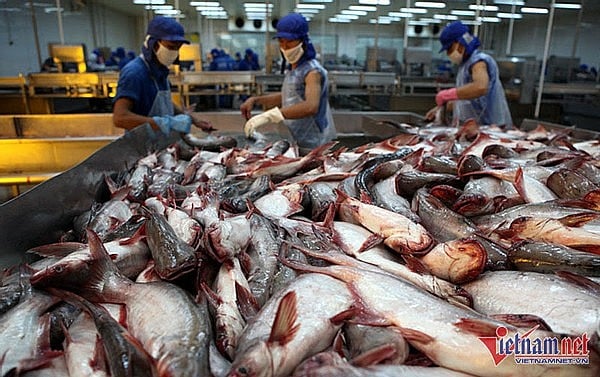 |
| Seafood exports in 2023 will earn 9.2 billion USD |
The impact of the prolonged Russia-Ukraine conflict, the Israel-Hamas conflict, and the instability in the Middle East have slowed the recovery of the world economy; prices of some goods and input materials for aquaculture development remain high, high logistics costs put pressure on production activities, especially when consumption demand stagnates and production scale is reduced; the European Commission continues to maintain the "yellow card" warning for Vietnam's exploited seafood,... causing Vietnam's seafood exports to fail to meet the set plan.
According to Mr. Nhu Van Can - Deputy Director of the Department of Fisheries, the total aquatic product output in 2023 is estimated at 9.269 million tons, an increase of 2% compared to 2022. Of which, the output of aquatic exploitation reached 3.861 million tons, equivalent to 2022; aquaculture output reached more than 5.408 million tons, an increase of 3.5% compared to 2022.
The exploitation output alone has not met the set target and must be reduced to 3.68 million tons. As for aquaculture, marine aquaculture alone will reach about 9.5 million m3 of cages, up 5.5% compared to 2022, along with 57,000 hectares of mollusk farming. The total marine aquaculture output will reach about 789,800 tons, up 10.1% compared to 2022.
Mr. Duong Long Tri - Deputy General Secretary of the Vietnam Fisheries Association - said that shrimp and pangasius production have both increased, but it is difficult to increase production forever. Up to now, farmed shrimp production is about 1.1 million tons, the export value is still only fluctuating from 3.5 - 4 billion USD, while previously there were only 700,000 tons, the value was also equivalent. Therefore, it is necessary to consider preliminary processing and processing solutions to increase the value of key products to increase export turnover.
Regarding fisheries exploitation management, Mr. Nguyen Van Trung - Head of the Department of Fishing Vessel Management and Fisheries Logistics Service Facilities - said that it is necessary to complete the Electronic Diary software to serve the traceability of aquatic products, strengthen inspection and supervision of the implementation of regulations on exploitation management in the locality.
According to Mr. Nguyen Van Trung, data digitization is an important basis for managing, operating, and making fisheries transparent. Output, exploitation resources, number of ships, and number of crew members passing through ports must apply digital technology and management software to be both effective and save resources.
Mr. Tran Dinh Luan - Director of the Department of Fisheries - commented that declining seafood resources; the EC still maintaining the "yellow card" warning; import demand from markets showing no signs of recovery are the difficulties that the seafood industry will continue to face in 2024.
Therefore, in 2024, the fisheries sector aims to achieve a total aquatic product output of about 9.22 million tons, equivalent to the estimated implementation in 2023. Of which, the exploited output is about 3.54 million tons, down 8.3% compared to 2023; aquaculture output is 5.68 million tons, up 5% compared to the estimated in 2023. Seafood export turnover reaches 9.5 billion USD.
To overcome difficulties in export markets, Mr. Tran Dinh Luan said that it is necessary to continue to organize production links in chains and horizontal chains. In the field of exploitation, it is necessary to trace the origin of products, prevent illegal fishing; exploitation must be consistent with the resource reserves and ensure food safety on fishing boats, fishing ports to the factory.
In addition to the requirements of reducing emissions and increasing green production, animal welfare is also an issue for the aquaculture sector in the coming time. This is not only a demand of the domestic market but also a trend of the world consumer market in the coming time.
Source link



![[Photo] General Secretary To Lam meets with veteran revolutionary cadres, meritorious people, and exemplary policy families](https://vstatic.vietnam.vn/vietnam/resource/IMAGE/2025/4/15/7363ba75eb3c4a9e8241b65163176f63)
![[Photo] Ho Chi Minh City after 50 years of national reunification through buildings and symbols](https://vstatic.vietnam.vn/vietnam/resource/IMAGE/2025/4/15/a224d0b8e489457f889bdb1eee7fa7b4)
![[Photo] National Assembly Chairman Tran Thanh Man attends the summary of the organization of the Conference of the Executive Committee of the Francophone Parliamentary Union](https://vstatic.vietnam.vn/vietnam/resource/IMAGE/2025/4/15/fe022fef73d0431ab6cfc1570af598ac)
![[Photo] Air Force actively practices for the April 30th celebration](https://vstatic.vietnam.vn/vietnam/resource/IMAGE/2025/4/15/16fdec3e42734691954b853c00a7ce01)
![[Photo] Welcoming ceremony for Prime Minister of the Federal Democratic Republic of Ethiopia Abiy Ahmed Ali and his wife](https://vstatic.vietnam.vn/vietnam/resource/IMAGE/2025/4/15/77c08dcbe52c42e2ac01c322fe86e78b)




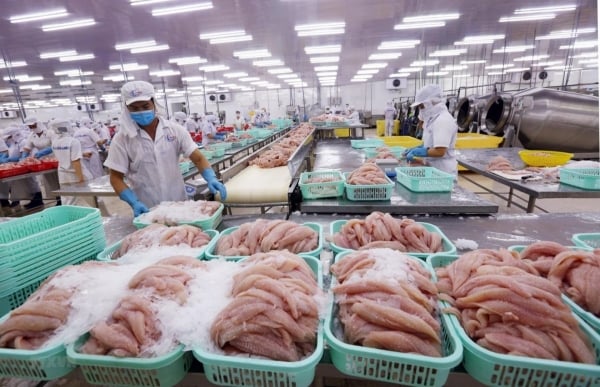

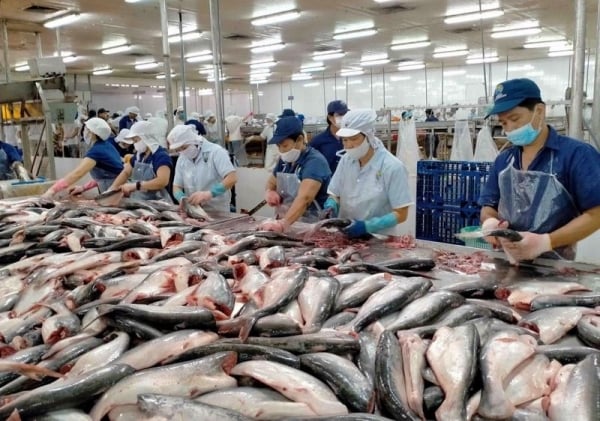

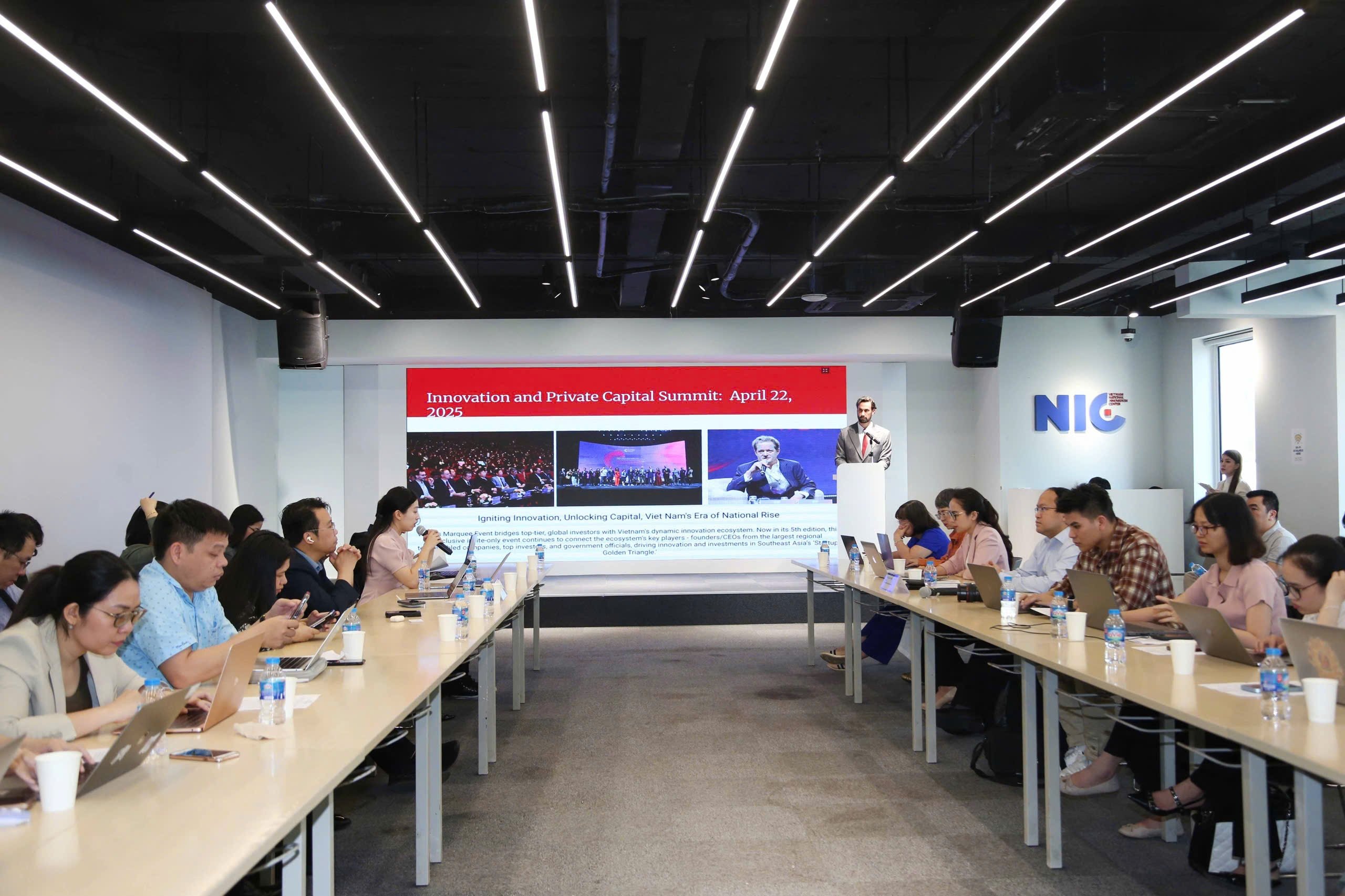



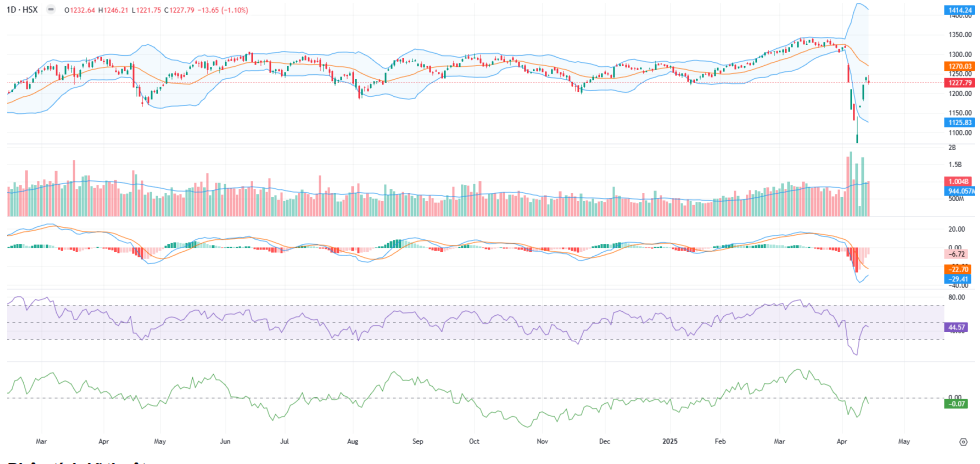









































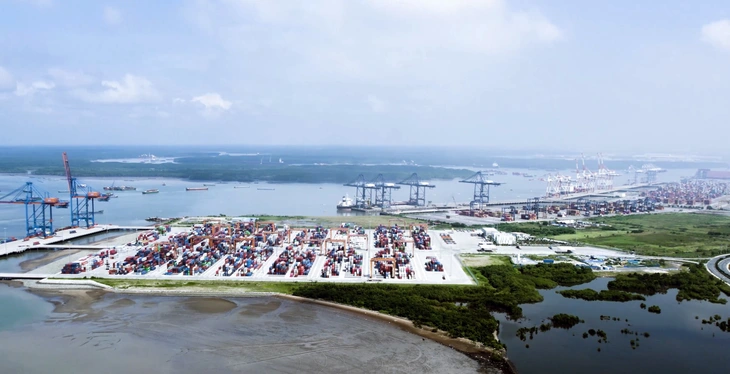













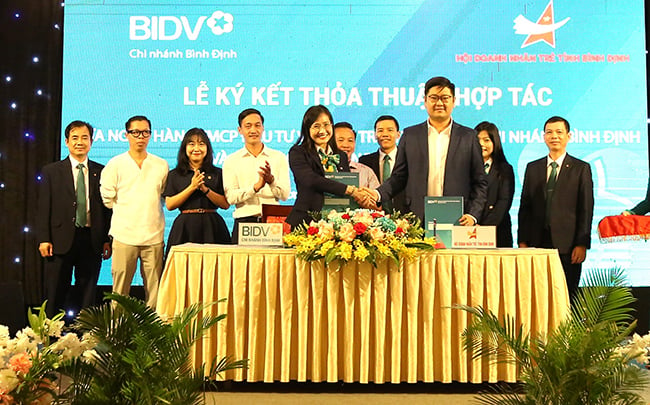








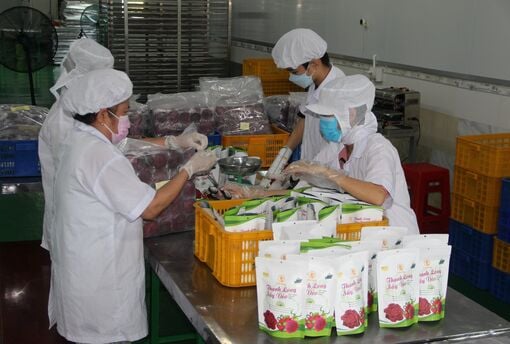


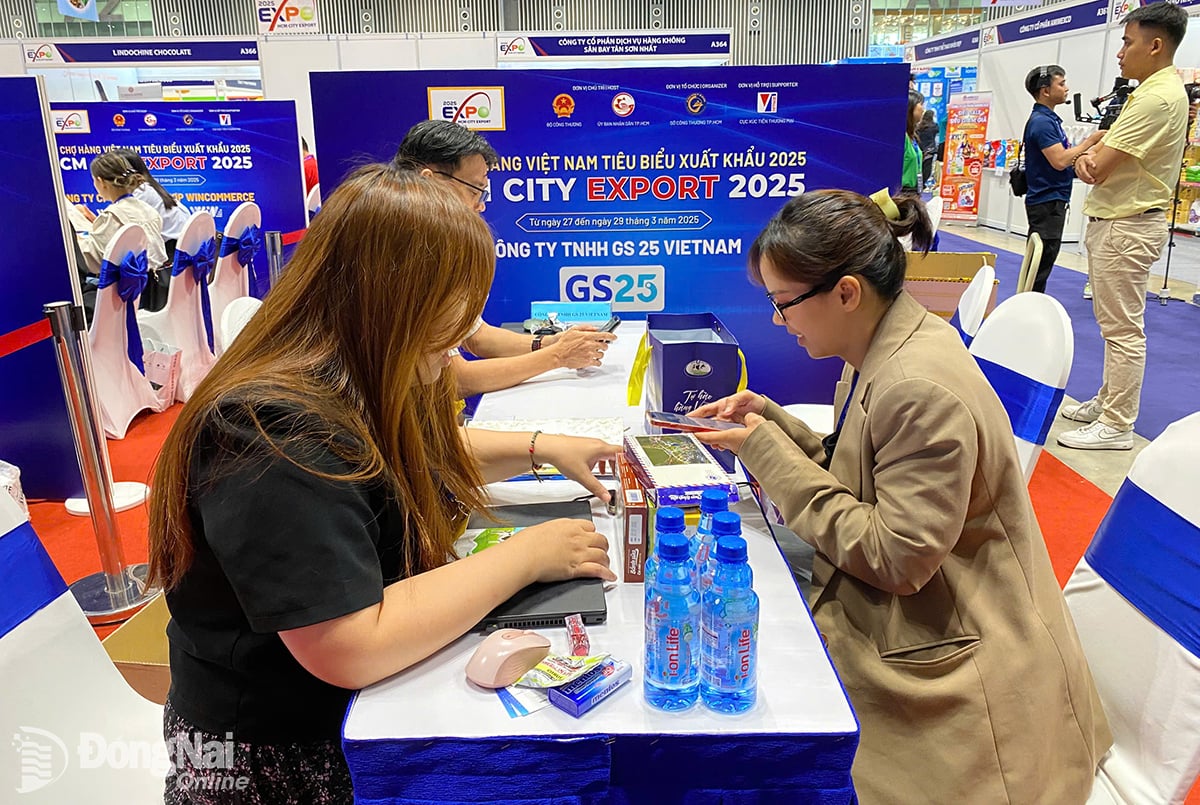

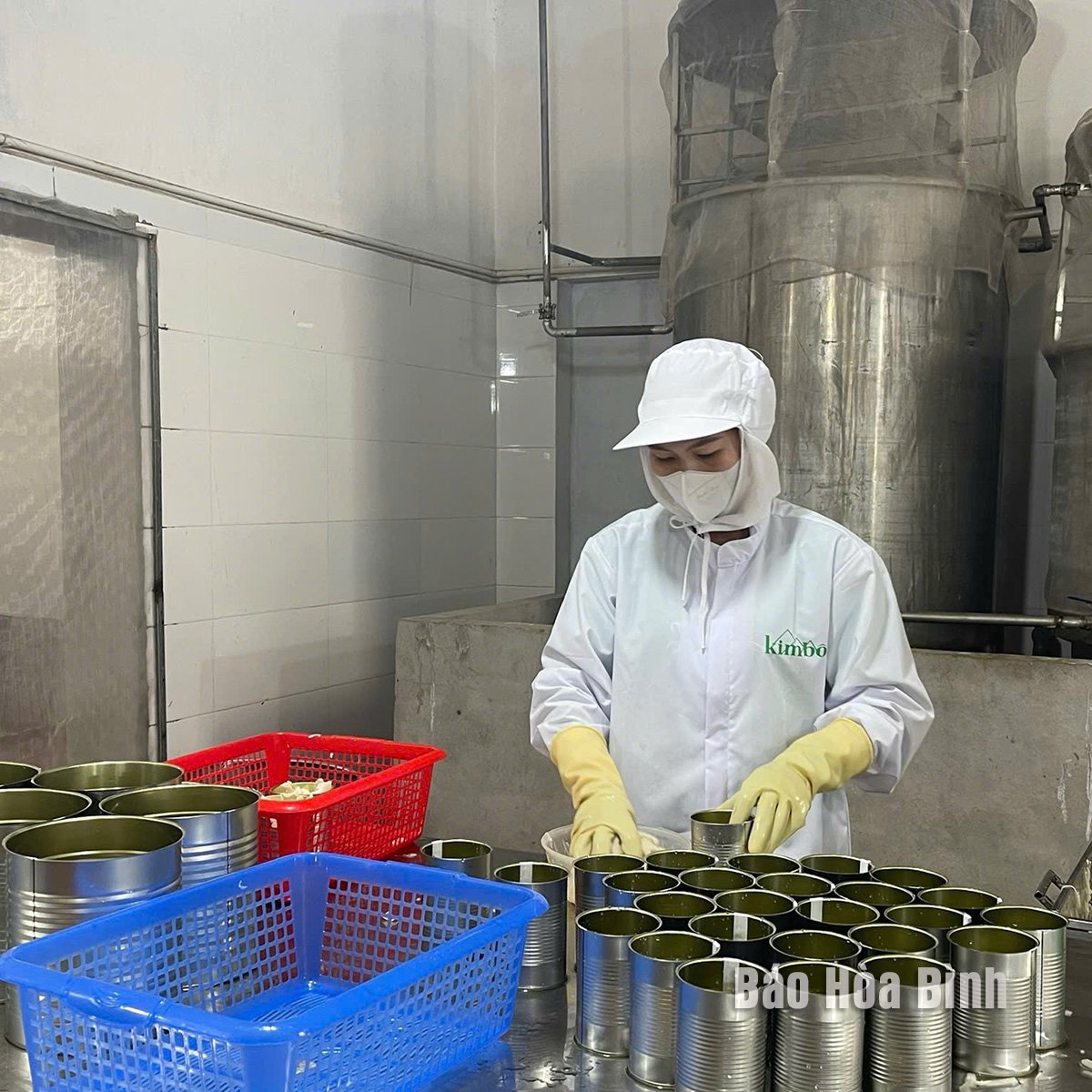

Comment (0)